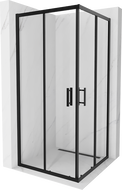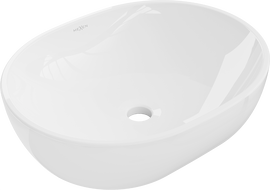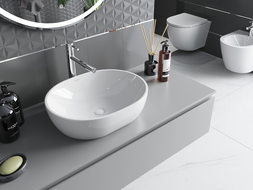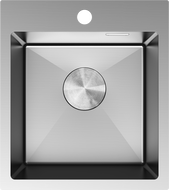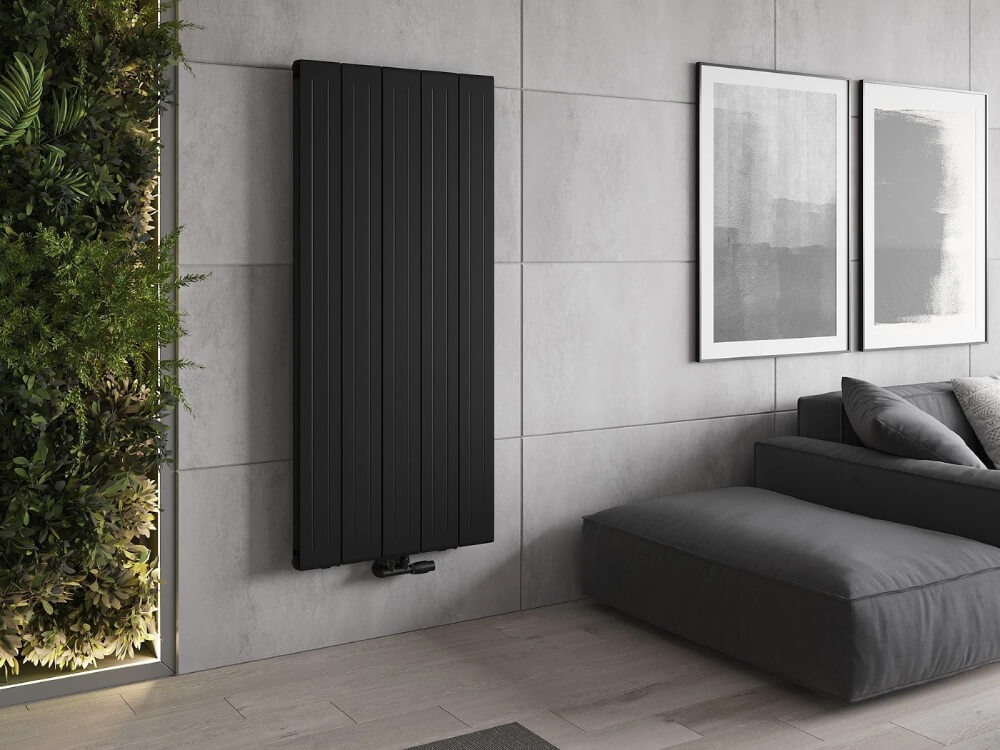
The types of thermostatic valves vary, but they all share the fact that they are an essential element of modern heating systems, which help precisely control the temperature in rooms and reduce energy consumption. In today's article, we present the most popular thermostatic valves, discuss how they work, and what to pay attention to when choosing them. Is it better to choose a thermostatic valve or a standard one? Thanks to us, everyone can learn about the benefits of thermostatic radiator valves and how to choose them appropriately for a given installation.
What will you learn from this article?
- Why thermostatic valves are essential for achieving the desired temperature in rooms.
- What to consider when choosing them.
- Which element (and why) of the valves is crucial.
- What positive aspects are associated with using high-quality thermostatic valves.
Types of Thermostatic Valves
Thermostatic radiator valves are available in various variants that can be adapted to specific installations and user requirements. Here are the most popular types:
- Straight and angled valves - the choice between a straight valve and an angled one depends on the layout of the pipes in the heating installation. Straight valves are used in vertical connections, while angled valves are ideal for horizontal connections and can be easier to install in specific configurations.
- Valves with presetting - this type of valve allows setting the maximum water flow through the radiator, optimizing the operation of the heating system. This can prevent overheating rooms and ensure even distribution of heat throughout the space.
- Shut-off valves - when it is necessary to cut off the water supply to the radiator, for example, during servicing, shut-off valves work perfectly. They allow complete closure of the flow without the need to drain the installation.
- Regulating valves - provide precise temperature regulation by controlling water flow. They are ideal for installations where precise control over the temperature in individual rooms is required.
- Electronic thermostatic heads - this modern solution allows programming the temperature at different times of the day. Some models also offer remote control via an app, ensuring full control and energy savings.

Thermostatic Valves - What to Know?
Thermostatic radiator valves are an essential element of any heating installation. Thanks to them, one can adjust the temperature in a given room to their own needs, which significantly (positively, of course) translates into energy savings and increased thermal comfort.
How Do Thermostatic Valves Work?
The principle of operation of a thermostatic valve is based on the thermostat's response to changes in ambient temperature. When the temperature in the room reaches a certain level, the valve automatically reduces the flow of hot water, allowing for the maintenance of a stable temperature. When the temperature drops, the valve reopens, increasing the flow. This mechanism directly affects the optimization of the radiator's operation and reduces energy consumption.
Where to Use a Thermostatic Valve?
Thermostatic valves are widely used in central heating installations. Thanks to them, it is possible to control the temperature in each room independently, which works particularly well in buildings with varying thermal insulation. They are also ideal solutions for apartments, single-family houses, and large commercial buildings, where energy consumption control is crucial.
Thermostatic Head - A Key Element of the Valve
Thermostatic head is an essential part of the thermostatic valve responsible for automatic temperature regulation. There are several types of heads that can be adapted to one's needs:
- manual heads - allow manual temperature setting by turning a knob. They are easy to use, but require manual operation,
- electronic heads - allow precise temperature regulation, and some models offer weekly programming capabilities. Electronic heads are an ideal solution for those who want to control the temperature remotely or adjust it according to their daily schedule,
- liquid sensor heads - their operation is based on the reaction of the liquid inside the head to temperature changes. When the liquid expands due to heat, the valve closes the flow of hot water, and when the liquid contracts, the valve opens, ensuring automatic regulation.
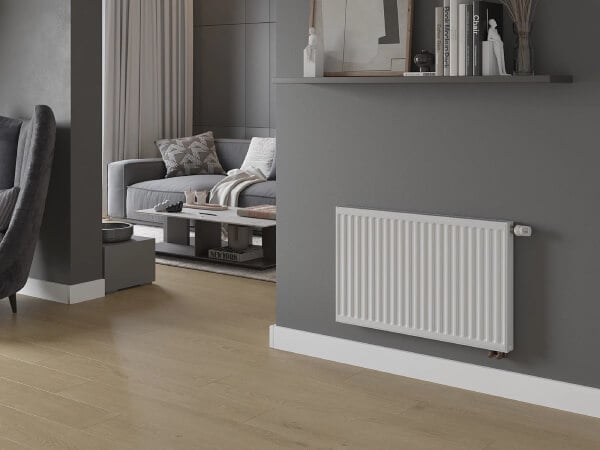
How to Choose a Thermostatic Head?
The choice of a thermostatic head should be adapted to the type of valve and installation requirements. A manual thermostatic head is a simple and economical solution, while electronic heads, though more expensive, offer significantly greater regulatory capabilities. It is worth paying attention to make sure that the head is compatible with the valve and allows for precise temperature control in the room.
Radiator Valves - Application and Selection
Radiator valves are elements of the heating installation that allow for controlling the flow of water through radiators. They are used both in central heating installations and in local installations. Here are a few things worth paying attention to:
- Types of radiator valves - depending on the installation, one can choose an angled or straight radiator valve. Each of them has its specific applications that allow for proper adaptation to the pipe layout.
- Construction of the radiator valve - it consists of a body, spring, and regulating element that allows for precise control of the water flow.
- Material of construction - the most commonly encountered valves are brass valves, which are characterized by high corrosion resistance and durability. There are also valves made of plastic, which are lighter but may be less resistant to mechanical damage.
- Compatibility with the thermostatic head - before purchasing, it is worth checking if the chosen valve is compatible with the selected thermostatic head, which will ensure proper temperature regulation.
Benefits of Using Thermostatic Radiator Valves
Installing thermostatic radiator valves brings a number of benefits:
- energy savings - through precise regulation of water flow, overheating rooms can be avoided and energy consumption can be reduced,
- thermal comfort - the ability to regulate the temperature in each room individually allows for adjusting the heat level to individual needs,
- automation of heating - electronic heads allow for automatic adjustment of temperatures according to schedules, which increases user convenience,
- increased lifespan of radiators - thanks to proper regulation of water flow, radiators operate more efficiently, which can prolong their durability.
Summary
The choice of suitable thermostatic radiator valves can significantly affect thermal comfort and heating costs in a given room. It is worth paying attention to the type of valve and thermostatic head to ensure the efficiency of the installation. Well-chosen valves and heads are solutions that enable precise temperature control, energy savings, and increased user comfort.

